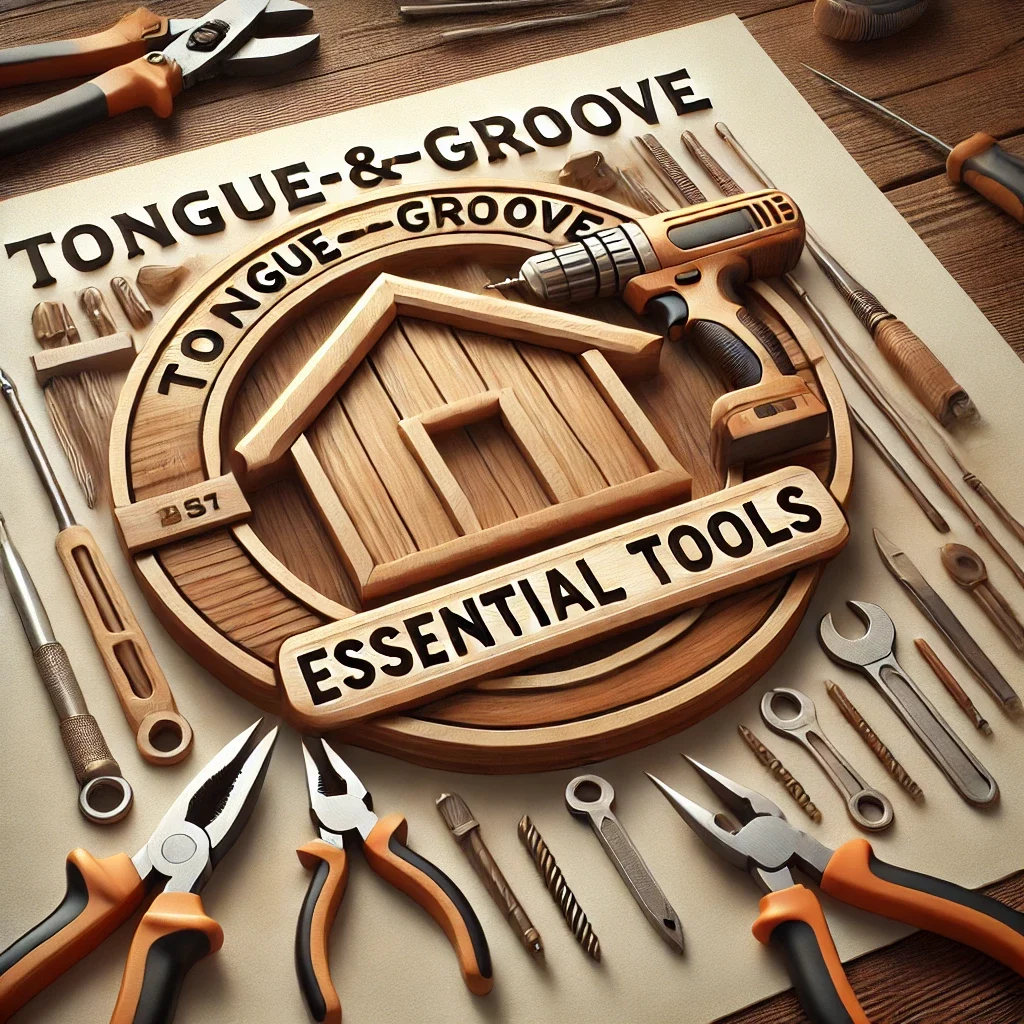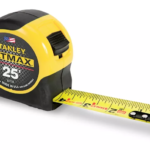If you’re looking to add a touch of charm and elegance to your space, installing a tongue and groove ceiling might be the perfect choice for you. This classic, timeless look can transform any room into a cozy and inviting space. However, to achieve a professional finish, you’ll need the right tools for the job. In this guide, I’ll walk you through the top tools you’ll need for your tongue and groove ceiling installation project.
1. Tape Measure and Pencil
Before you begin your installation, it’s essential to measure twice and cut once. A reliable tape measure and pencil will be your best friends during this project. Accurate measurements are crucial for ensuring a precise fit of the tongue and groove planks.
2. Safety Gear
Safety should always be a top priority when working on any DIY project. Make sure you have safety goggles, ear protection, and a dust mask to keep yourself safe while cutting and installing the planks. Additionally, consider wearing gloves to protect your hands during the installation process.
3. Circular Saw or Miter Saw
A circular saw or miter saw will be essential for cutting the tongue and groove planks to the correct length. These saws will ensure clean, precise cuts, allowing the planks to fit together seamlessly on your ceiling.
4. Nail Gun or Hammer and Nails
To secure the tongue and groove planks to the ceiling, you’ll need a nail gun or a hammer and nails. A nail gun will make the process quicker and more efficient, but a hammer and nails can also get the job done if that’s what you have available.
5. Level
Maintaining a level installation is key to achieving a professional-looking result. A level will help you ensure that your tongue and groove planks are installed straight and even across the ceiling.
6. Chalk Line
A chalk line is a handy tool for marking straight lines on your ceiling, ensuring that your tongue and groove planks are installed in a straight and uniform manner. This tool will help you maintain a consistent layout and alignment throughout the installation.
7. Construction Adhesive
Using construction adhesive in addition to nails will provide extra support for your tongue and groove ceiling. Apply the adhesive to the back of the planks before nailing them into place to create a stronger bond and reduce the risk of sagging over time.
8. Sawhorses
Sawhorses are essential for supporting and cutting the tongue and groove planks, especially when using a circular saw or miter saw. They provide a stable surface for cutting the planks to size and can make the installation process much more manageable.
9. Sandpaper
Once you’ve installed the tongue and groove planks, you’ll want to sand down any rough edges or imperfections for a smooth and professional finish. Sandpaper will help you achieve a polished look and ensure that your ceiling is ready for painting or staining.

10. Paintbrush or Stain Applicator
Finally, you’ll need a paintbrush or stain applicator to finish off your tongue and groove ceiling. Whether you choose to paint or stain the planks, a high-quality applicator will help you achieve a flawless finish and enhance the overall look of your space.
The Bottom Line
In conclusion, installing a tongue and groove ceiling can be a rewarding DIY project that adds character and style to your home. By using the top tools mentioned in this guide, you’ll be well-equipped to tackle the installation with confidence and achieve professional results. Remember to measure accurately, prioritize safety, and take your time to ensure a flawless finish. With the right tools and a bit of patience, you can create a stunning tongue and groove ceiling that will elevate the look of any room in your home.


